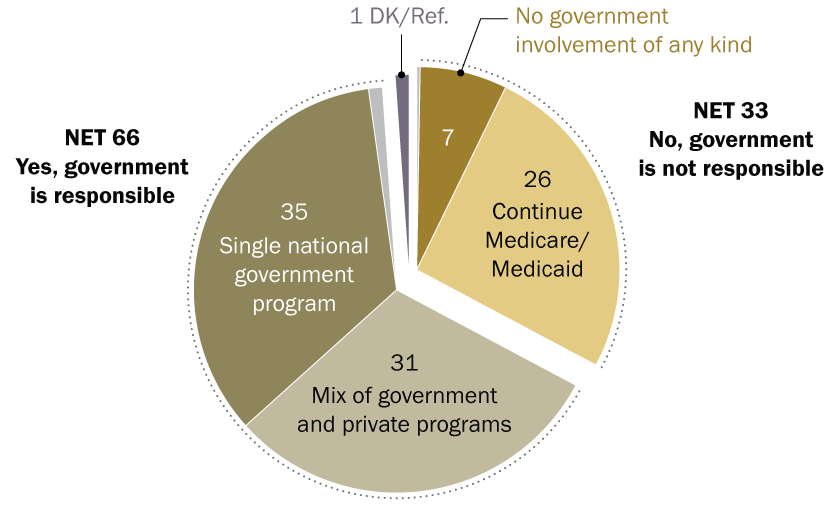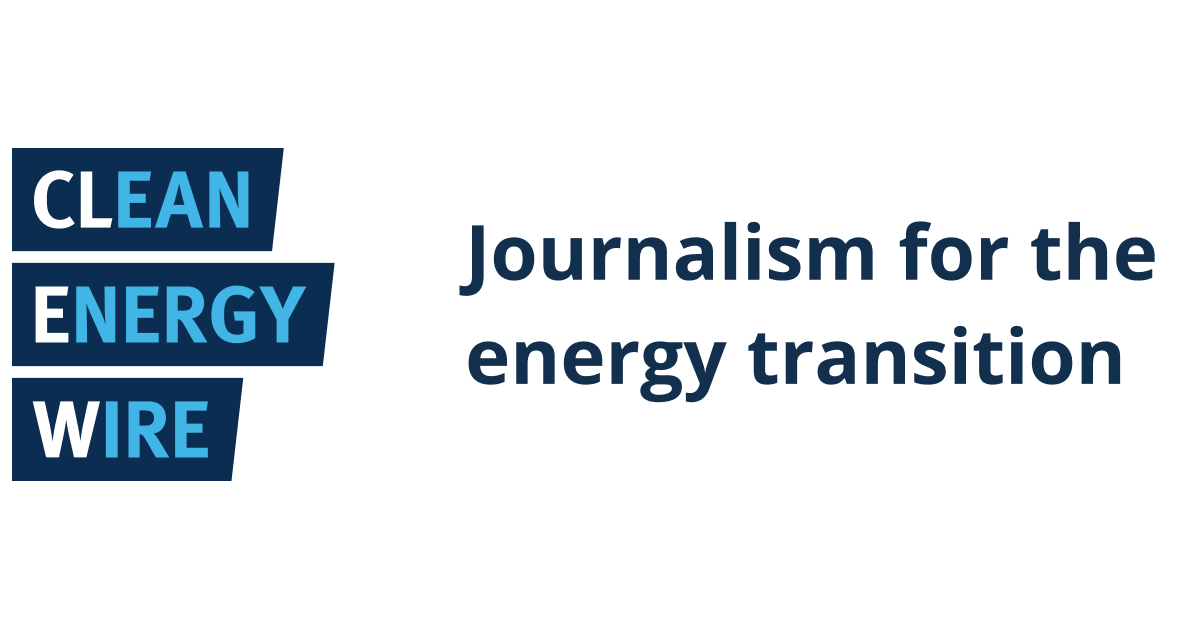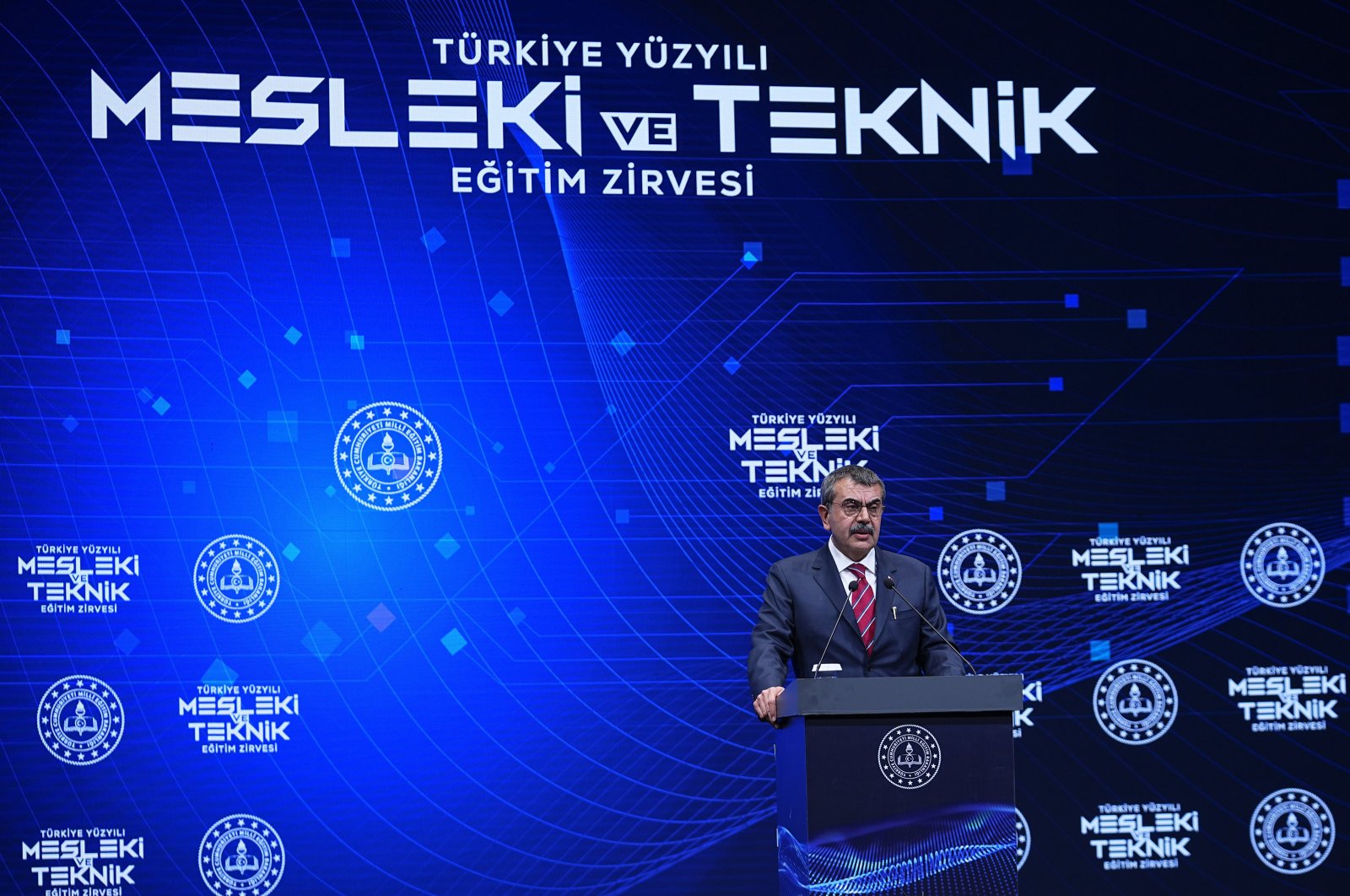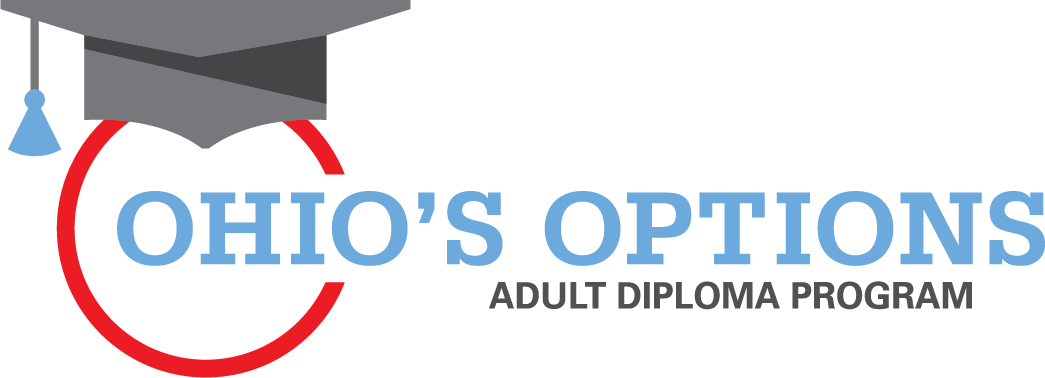Caffrey Highlights Scranton’s COVID-19 Efforts, Earns DBA – University of Scranton

Report on Institutional Resilience and Pandemic Response in Alignment with Sustainable Development Goals
Executive Summary
A doctoral study conducted by James L. Caffrey, DBA, examined the managerial response of a single-site educational institution in Northeastern Pennsylvania to the COVID-19 pandemic. The research affirmed the institution’s operational success and resilience. This report reframes the study’s findings through the lens of the United Nations Sustainable Development Goals (SDGs), highlighting the institution’s contributions to health, education, economic stability, and building strong, innovative communities.
Analysis of Findings in the Context of SDGs
SDG 3: Good Health and Well-being & SDG 16: Peace, Justice, and Strong Institutions
The study underscores the institution’s commitment to safeguarding its community, a core tenet of SDG 3. The effectiveness of its governance, a key component of SDG 16, was instrumental in this achievement.
- Health and Safety Protections: The institution received a score of 4.67 out of 5 for its health and safety protocols, demonstrating a robust and effective response to protect the well-being of students and staff.
- Strong Institutional Leadership: Senior leadership was recognized for prompt and appropriate actions, scoring 4.47 out of 5. This indicates strong, accountable governance capable of navigating crises, which is fundamental to SDG 16.
- Community Care: Qualitative data revealed a culture of mutual support among staff, addressing the mental and social well-being challenges posed by the pandemic, further aligning with the holistic health approach of SDG 3.
SDG 4: Quality Education & SDG 9: Industry, Innovation, and Infrastructure
The research highlights the institution’s success in maintaining educational continuity through technological adaptation, directly supporting SDG 4 and demonstrating the innovative infrastructure required by SDG 9.
- Maintaining Educational Continuity: The primary goal was to ensure uninterrupted learning, which is central to providing inclusive and equitable quality education as outlined in SDG 4.
- Effective Use of Technology: The institution scored 4.60 out of 5 for its successful adoption of a virtual learning environment. This rapid deployment of resilient digital infrastructure showcases the innovation and technological capacity emphasized in SDG 9.
SDG 8: Decent Work and Economic Growth & SDG 11: Sustainable Cities and Communities
The study’s examination of financial challenges and operational adaptations reflects on the principles of economic resilience and community stability, which are crucial to SDG 8 and SDG 11.
- Economic Resilience: The institution employed a “multi-faceted approach to mitigate losses” and utilized external funding, demonstrating responsible financial stewardship and contributing to its economic sustainability (SDG 8).
- Workforce Challenges: The research acknowledged challenges such as staff shortages and increased responsibilities, highlighting areas for future focus related to the “decent work” aspect of SDG 8.
- Community Anchor: By successfully navigating the pandemic, the university maintained its role as a stable anchor institution, contributing to the overall resilience and sustainability of the local community (SDG 11).
Conclusion: A Model for Institutional Resilience and Partnership (SDG 17)
The study confirms that the institution responded effectively to the pandemic by prioritizing health, ensuring educational continuity, and managing financial impacts. The findings serve as a valuable case study for other educational institutions. By sharing this knowledge, the research promotes a collaborative approach to crisis management, embodying the spirit of SDG 17: Partnerships for the Goals, and helping to build more resilient and sustainable educational systems globally.
SDGs Addressed in the Article
SDG 3: Good Health and Well-being
- The article’s central theme is the response to the COVID-19 pandemic, a global health crisis. It explicitly mentions the university’s focus on “health and safety protections” for its campus community, directly aligning with the goal of ensuring healthy lives and promoting well-being.
SDG 4: Quality Education
- The article details how an educational institution maintained “educational continuity” during the crisis. It highlights the “effective use of technology to adopt a virtual learning environment,” which is a core concern of providing inclusive and equitable quality education.
SDG 8: Decent Work and Economic Growth
- The article discusses the “operational success” and “financial impact” on the university. It mentions challenges like “staff shortages” and the institution’s efforts to “mitigate losses” and “adapt operations,” which relate to maintaining employment and economic resilience.
SDG 11: Sustainable Cities and Communities
- The study focuses on the resilience of a “single-site educational institution” in response to a disaster (the pandemic). The university’s actions to “safeguard the campus community” and ensure operational continuity contribute to the overall resilience and sustainability of the community it is a part of.
Specific Targets Identified
SDG 3: Good Health and Well-being
- Target 3.d: Strengthen the capacity of all countries, in particular developing countries, for early warning, risk reduction and management of national and global health risks. The article describes how the university managed a global health risk at an institutional level through its “health and safety protections” and “prompt and appropriate actions.” The dissertation’s goal to help “other educational institutions” navigate such disturbances also supports this target.
SDG 4: Quality Education
- Target 4.a: Build and upgrade education facilities that are child, disability and gender sensitive and provide safe, non-violent, inclusive and effective learning environments for all. The university’s focus on “safeguarding the campus community” and ensuring a high score for “health and safety protections” directly relates to providing a safe learning environment. The shift to a “virtual learning environment” was an adaptation to continue providing an effective learning environment under crisis conditions.
SDG 8: Decent Work and Economic Growth
- Target 8.5: By 2030, achieve full and productive employment and decent work for all women and men… The article touches upon this by noting the challenges of “staff shortages” and “additional responsibilities” for employees, which are factors in decent work. The leadership’s efforts to “continue operations” and “mitigate losses” were aimed at preserving the institution’s function as an employer.
SDG 11: Sustainable Cities and Communities
- Target 11.5: By 2030, significantly reduce the number of deaths and the number of people affected and substantially decrease the direct economic losses relative to global gross domestic product caused by disasters… The university’s response to the pandemic—a disaster—involved a “multi-faceted approach to mitigate losses” and “safeguard the campus community,” directly aligning with the goal of disaster risk reduction and resilience.
Indicators for Measuring Progress
- Quantitative Survey Scores: The article explicitly provides numerical indicators from a questionnaire used in the study. These scores measure the perceived success of the university’s response.
- A 4.67 score (on a five-point scale) related to the University’s health and safety protections.
- A 4.60 score on its effective use of technology to adopt a virtual learning environment.
- A 4.47 score on the senior leadership team’s prompt and appropriate actions to continue operations.
- Qualitative Data Themes: The article implies the use of qualitative indicators derived from interviews and documents. These measure the human and operational impact of the crisis and the response.
- Existence of “staff shortages” and “additional responsibilities.”
- Evidence of the campus community “caring for and helping each other.”
- Actions demonstrating that leaders acted as “good stewards of their resources.”
- Financial Metrics: The article implies the use of financial indicators to assess the pandemic’s impact.
- Assessment of “substantial” financial impact.
- Measurement of actions taken to “mitigate losses.”
- Tracking of “external funding sources” leveraged by the institution.
Summary of SDGs, Targets, and Indicators
| SDGs | Targets | Indicators |
|---|---|---|
| SDG 3: Good Health and Well-being | Target 3.d: Strengthen capacity for early warning, risk reduction and management of national and global health risks. | Score of 4.67 on health and safety protections; Qualitative accounts of safeguarding the campus community. |
| SDG 4: Quality Education | Target 4.a: Build and upgrade education facilities…and provide safe…and effective learning environments for all. | Score of 4.60 on effective use of technology for a virtual learning environment; Maintaining educational continuity. |
| SDG 8: Decent Work and Economic Growth | Target 8.5: Achieve full and productive employment and decent work for all. | Qualitative data on “staff shortages” and “additional responsibilities”; Actions to continue operations and preserve employment. |
| SDG 11: Sustainable Cities and Communities | Target 11.5: Significantly reduce…the number of people affected and…direct economic losses…caused by disasters. | Score of 4.47 on leadership’s prompt actions; Financial data on mitigating losses and leveraging external funding. |
Source: news.scranton.edu

What is Your Reaction?
 Like
1
Like
1
 Dislike
1
Dislike
1
 Love
1
Love
1
 Funny
0
Funny
0
 Angry
0
Angry
0
 Sad
0
Sad
0
 Wow
0
Wow
0


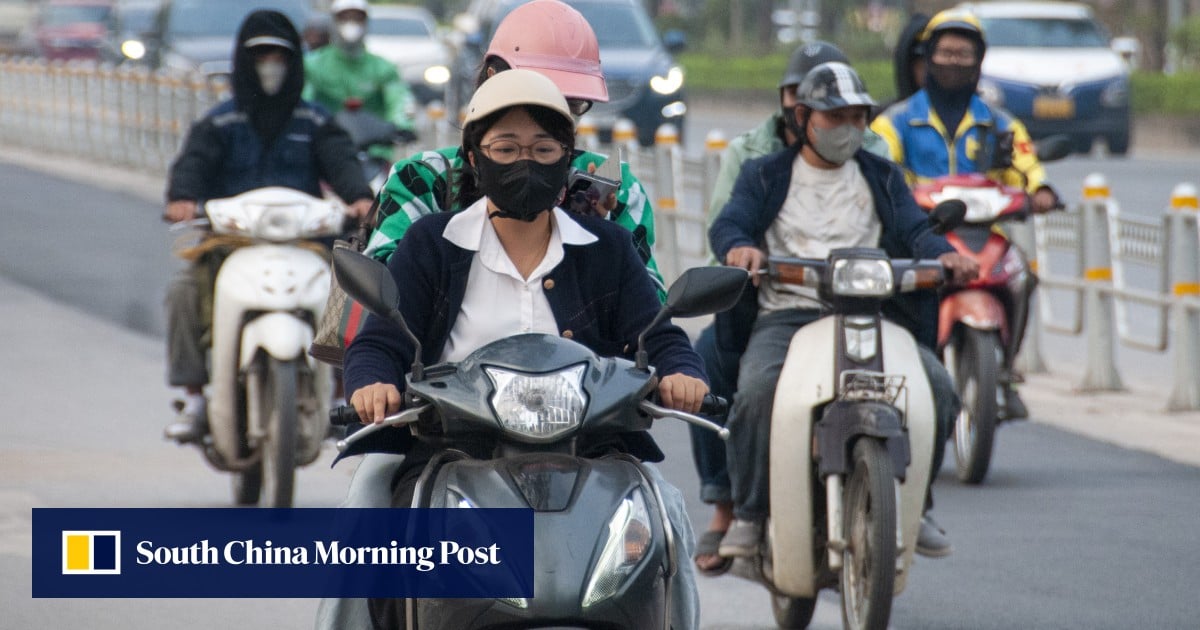






















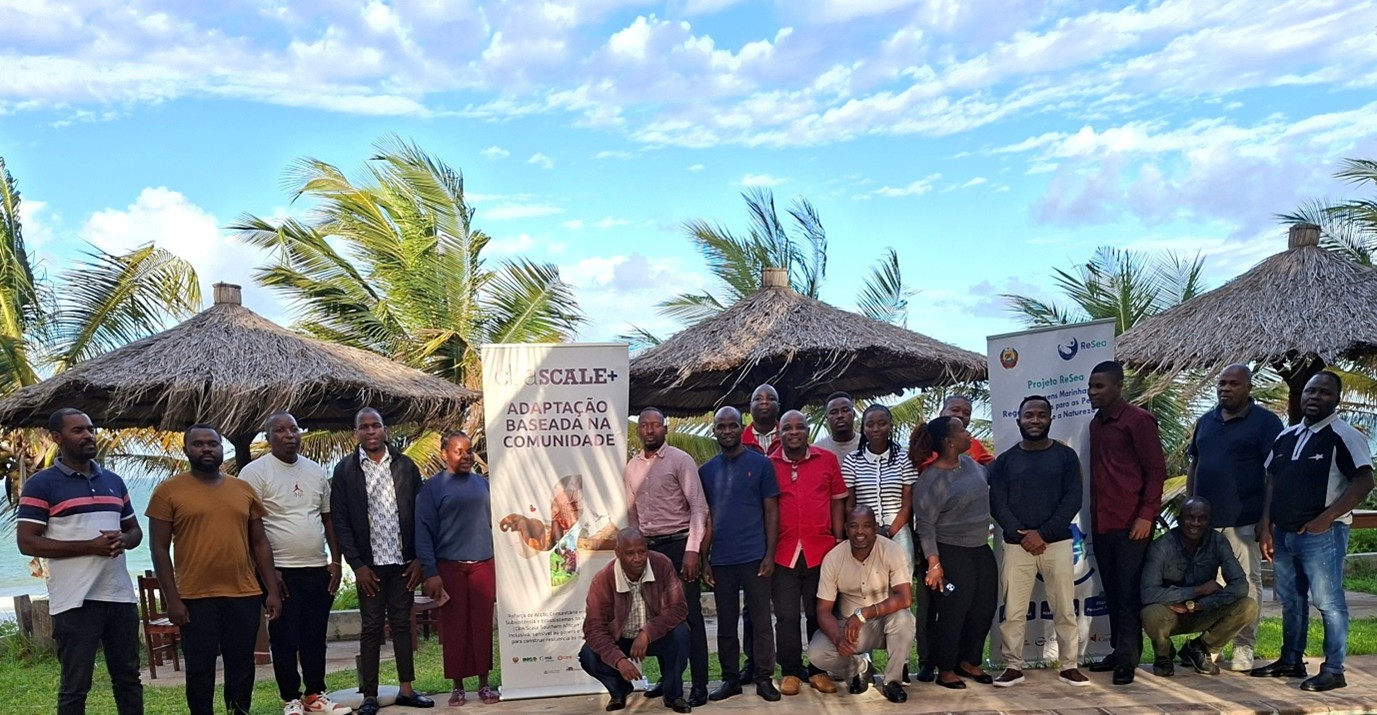









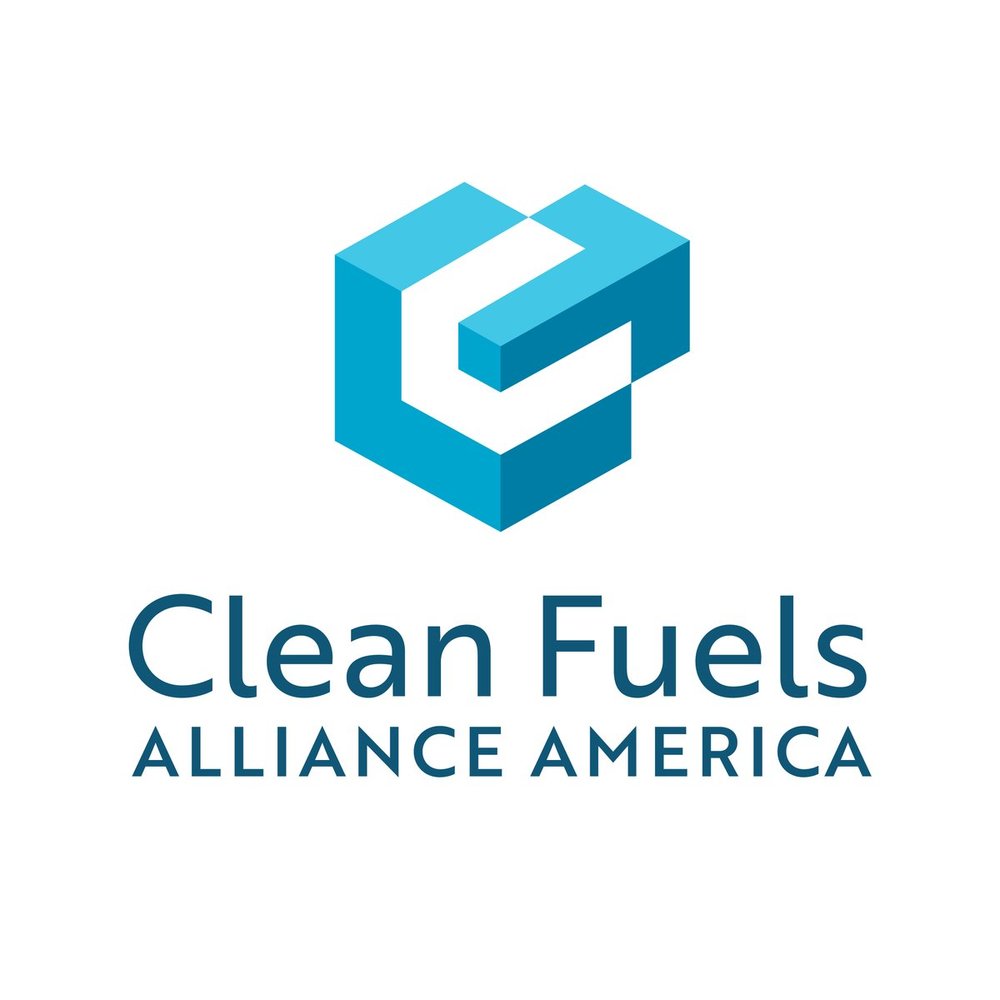
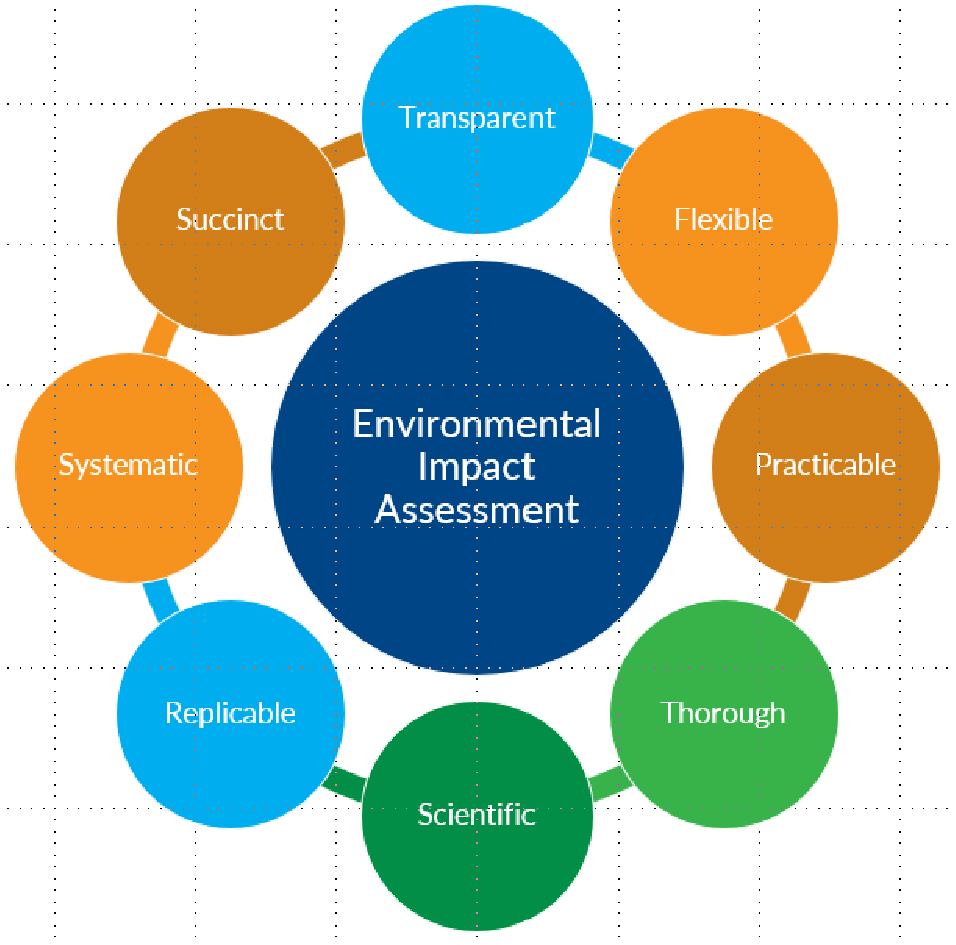















.jpg.webp?itok=0ZsAnae9#)




